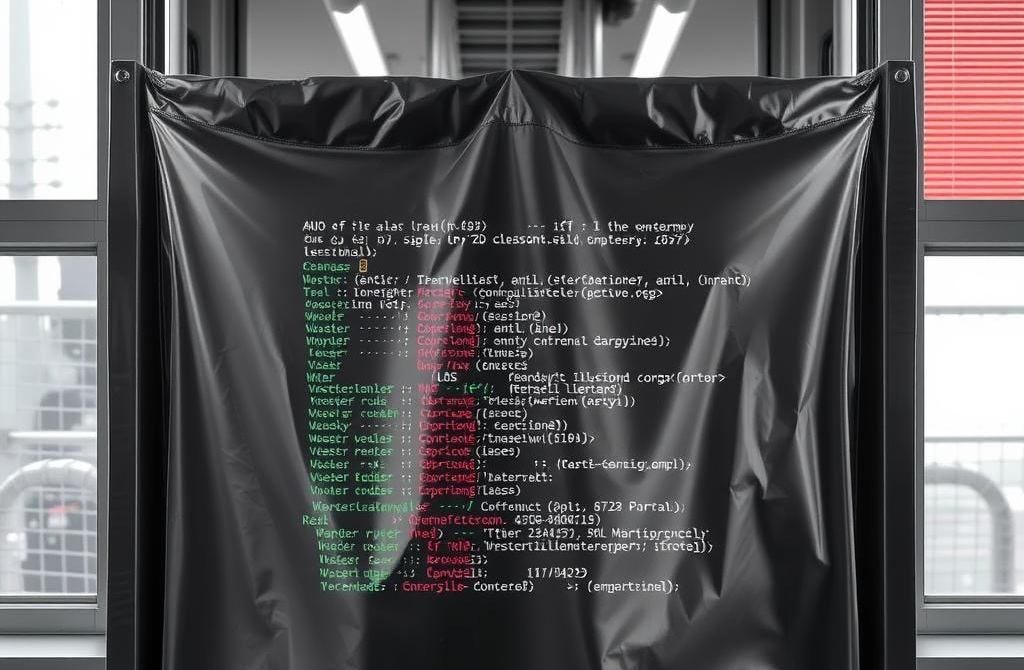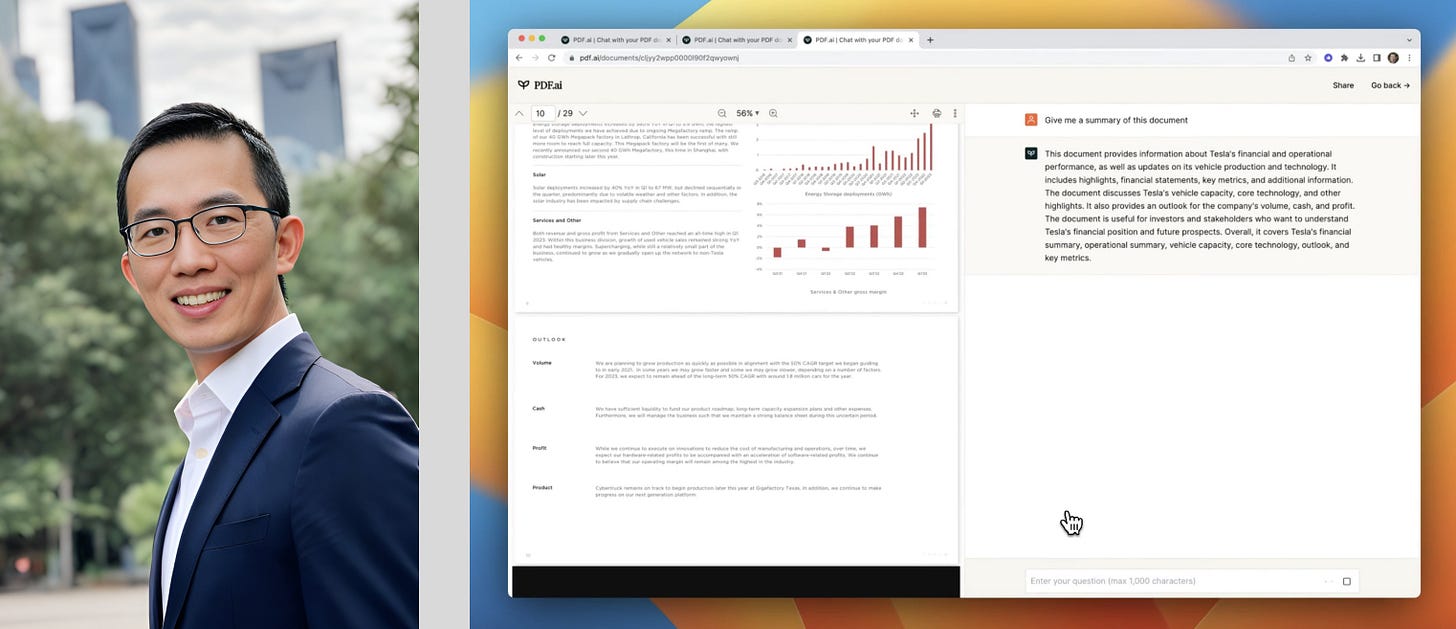Quick Start Guide for AI Wrapper
Simple AI Wrapper reached $1M in revenue in 9 months. So can yours?
Hi!
AI wrappers continue to capture the minds of entrepreneurs. Simple but useful tools are gaining audiences in the millions, reaching five-figure MRRs (we'll talk about some examples below), and allowing creators to build businesses solo.
But is it really that simple and good? Let's discuss what it takes to create a promising AI wrapper. And let's do it with a dose of skepticism.
Today, we are discussing the market and its prospects. If you want to enrich your AI startup toolkit with a whole bunch of useful tools, follow this post:
AI Wrappers & Doubts
Before we get into the discussion, it's worth defining AI wrappers and highlighting a couple of issues. AI wrappers are software tools that build on top of existing AI technologies like ChatGPT to make them easier to use for specific purposes. We have more than enough examples, and many of us use these solutions every day.
One of the most important of these is Jasper AI, built by Dave Rogenmoser. We have a newsletter about him:
From the founder's perspective, I would phrase the definition a little differently. For an entrepreneur, it's a SaaS business model, usually involving a quick launch and predictable MRR, with a large opportunity for exits through popular startup buying and selling platforms like Acquire.
As for the issues, the first and perhaps most important is the reputation of the business model. It’s far from ideal, but it's also important to separate the ethical and pragmatic positions here.
“AI wrappers offer nothing new! They parasitize other people's ideas.”
This statement makes sense if we turn to the definition of AI Wrappers. Such platforms work as intermediaries between users and already-created AI. However, let's think about the most important thing - the consumers. Businesses shouldn't be cutting-edge science; they should solve problems for their target audience.
And that's exactly what AI wrappers are doing. They're making AI more accessible and useful, popularizing it, and finding new uses for familiar tools. That's cool, and it's something worth emphasizing. I think we've dealt with ethics.
Now, about the practical side of the issue.
“You missed the first mover advantage. There's no room for you on the market.”
This thesis also seems fair.
In a few months, in November, it will be two years since the public release of ChatGPT. And if you are a regular reader of our weekly roundup, you know that every day, someone is creating a platform based on OpenAI models. There are solutions for document optimization, customer service, saving time, and, after all, just for fun.
But let's look at it from a different perspective. We also regularly hear great success stories from young entrepreneurs. Just look at what Pieter Levels, known to many under the nickname Levelsio, has managed to do (and continues to do). His main talent lies in finding potential customers' “pains” and creating a suitable solution.
I’d say, one of the top solopreneurs in our area:
And he is not the only one.
Keep your mailbox updated with practical knowledge & key news from the AI industry!
Quick Case Study | Damon Chen & PDF AI
Damon Chen, a former Cisco software engineer who became an entrepreneur during the COVID-19 pandemic, is another excellent example.
He acquired and rebranded a startup, initially known as Looseleaf.ai, into PDF.ai, a platform allowing users to interact with PDFs via AI. Technically, you could say he is not a project founder. However, at the time of acquisition, Looseleaf.ai had less than 100 users and $0 MRR, so I believe this title is justified.
Damon acquired this business through Acquire. We discussed this platform and what it can offer you right here:
The idea was simple: Damon wanted to build a product that would simplify working with PDF files. And he succeeded. By leveraging a strategic domain name and offering a lifetime deal at $99, Damon quickly achieved over $50K MRR. The company's revenue and profitability totaled more than $1 million in just nine months.
Sharing is caring! Refer someone who started a learning Journey in AI!
It is now one of the best-known and most successful examples of an AI wrapper. But more importantly, Damon's platform wasn't the only and first solution on the market. It simply did its job better than others.
To summarize and draw some conclusions, I can say that creating your own AI wrapper seems to be the optimal approach for a quick startup. It is useful and necessary. But to make it work, we have to consider many factors.
Let's discuss them.
Building an AI Wrapper Startup in 10 9 Steps
Keep reading with a 7-day free trial
Subscribe to Creators' AI to keep reading this post and get 7 days of free access to the full post archives.







